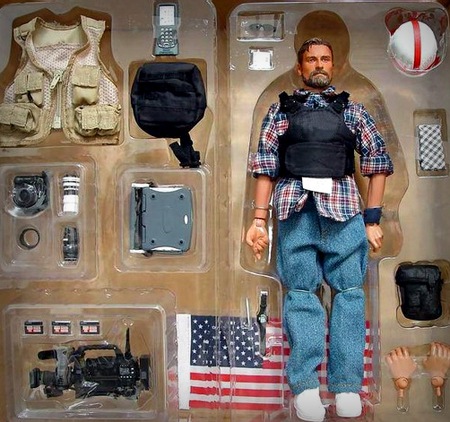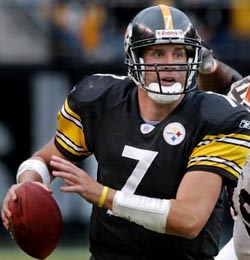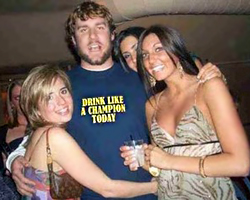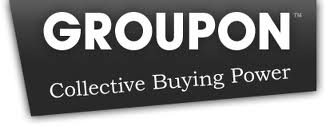Earlier, in my brief examination of social whoring, I included a mention of “who” being more important than “how many.” The basic idea: 10 Twitter followers truly locked in to you – your persona, your concept, your product, your service or your brand – are more valuable than 1,000 followers who are just hanging on for the follow-back. Not genius, but fundamental and oft overlooked.
For several months, I’ve been watching This Week In Startups with Jason Calacanis. This morning, I realized that a) I should bring this excellent, entertaining production to your attention and b) it perfectly illustrates the idea.
Regarding TWiST itself: It’s a YouTube channel under the This Week In web TV network. It’s a round table format about – obviously – startup companies, entrepreneurship, venture capital, angel investing, founders, CEOs, etc.
Guests have included Gary Vaynerchuk, Groupon founder Andrew Mason, David Heinemeier Hansson of 37signals, the founding developer of WordPress, the director of search at Bing, the founder and CEO of Gowalla, the founder and CEO of EventBrite and more than a hundred others. Themed segments and episodes include Shark Tank (very frequent, idea pitch and judgment), Founders Roundtable, Global Meetups and more.
Regarding who versus how many: Dozens of the episodes (of which there are 120 or so) have fewer than 100 views. Most have views in the 100-1,000 range. A handful of views are in the 2,000+ range. Total subscribers … 402. Note: this does NOT take into account the live audience of each show.
A traditional take on these kinds of numbers – unimpressive. A local television station provides 2,000 simultaneous views for even poorly-watched programs. Though insanely inane, other YouTube channels have far greater reach – like ShaneDawsonTV2 with 250,000,000+ video views and 1,600,000+ subscribers.
So how do Calacanis and company land sponsorship from leading software companies like email service provider Mail Chimp? (Note: my ESP of choice is BombBomb, who’s putting video inside the inbox). Those few hundred subscribers and few thousand viewers represent a tight, high quality community of entrepreneurs, tech/web people, investors and financiers. It’s probably as dense a concentration of these types as you can reach.
I guarantee that buy isn’t on an old school cost per thousand basis. I’d also bet that if you looked at the sponsorship (however it’s structured) on a CPM basis, the CPM would be astronomical compared to most online buys. There’s a premium on concentrations of smart, shrewd, softwarey people. Yes, I made that last adjective up.
The point? Sure, more viewers and subscribers would be good for TWiST, but who makes up that audience is far more important than how many there are.
Here’s an embed of a recent episode with Tony Conrad, co-founder of About.Me (sold to AOL for $800M four days after launch) among many other projects and successes. If for no other reason, you should watch this to learn how the About.Me team lined up that killer url – obviously a fundamental piece of their overall strategy.
More on Jason Calacanis on Wikipedia.
Follow Jason Calacanis on Twitter.
Check out my About.Me page.





